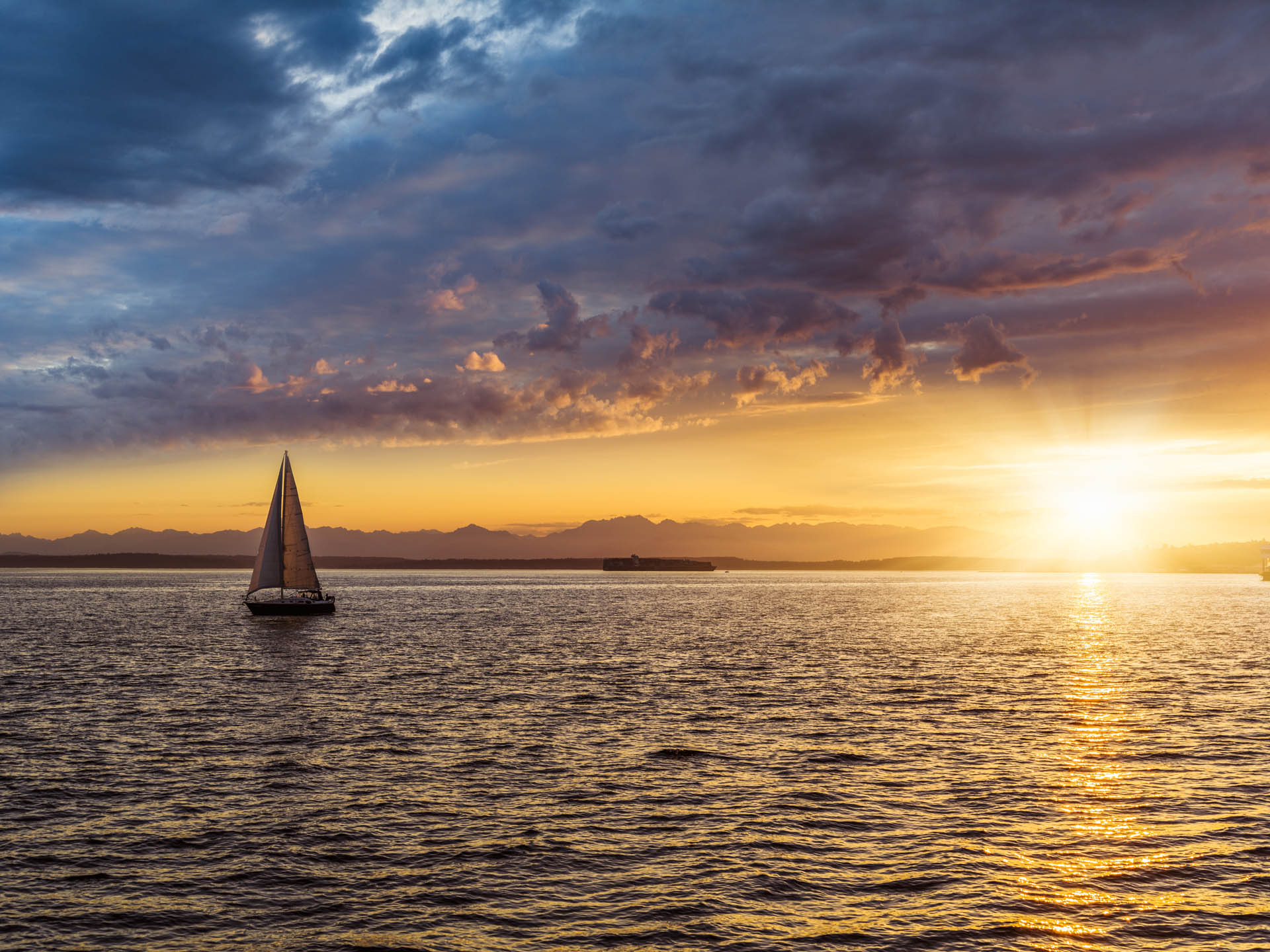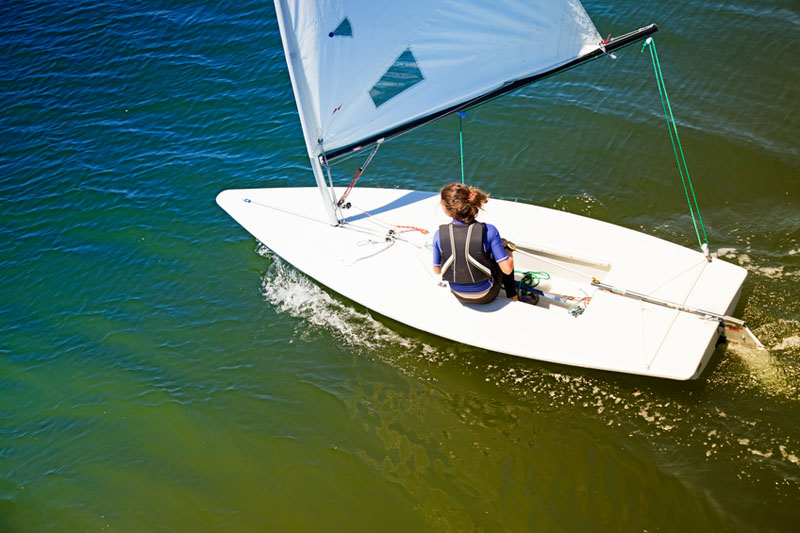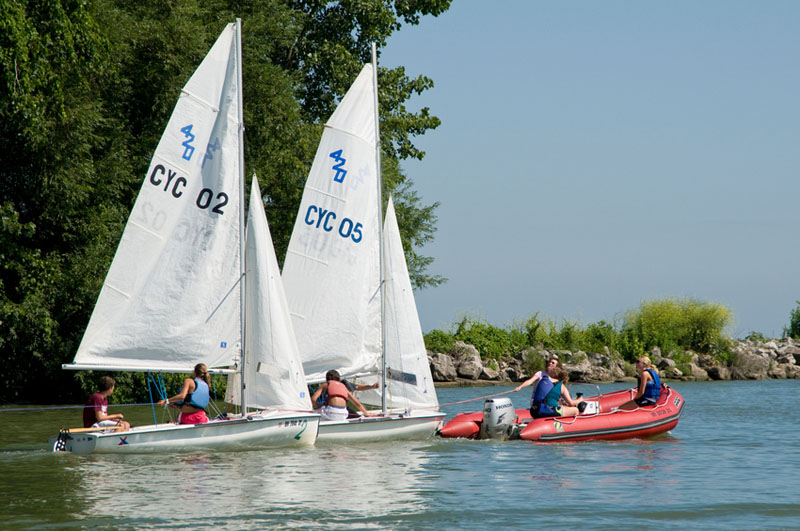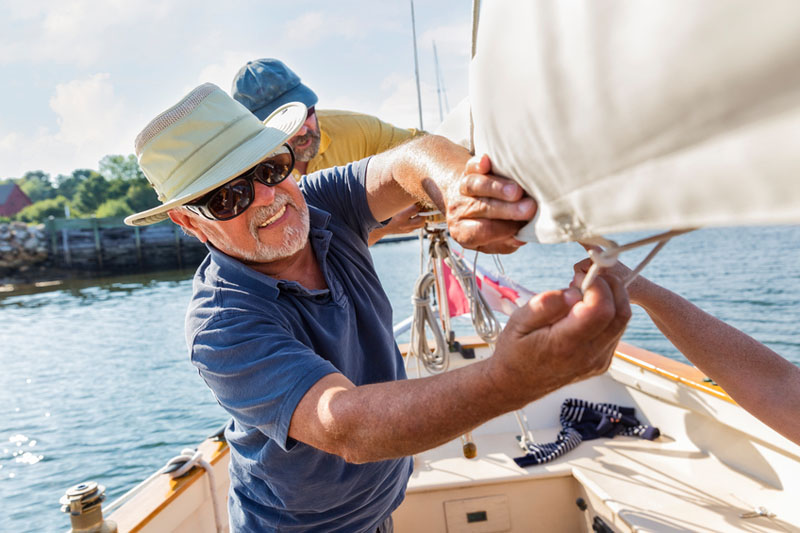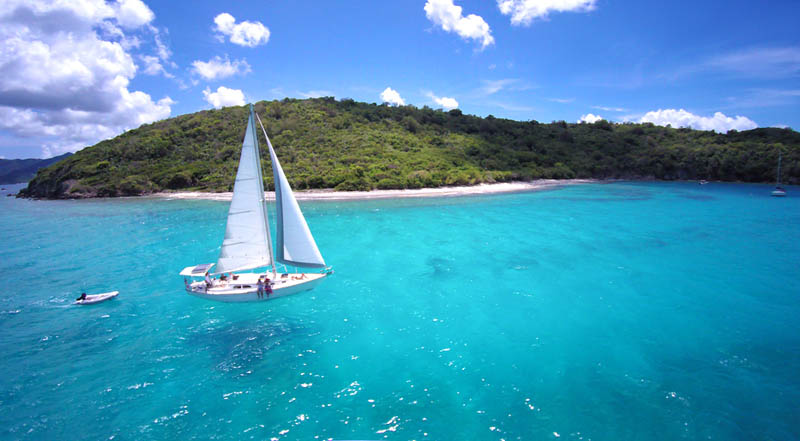However, water in the UK is notoriously cold even in the summer months, so it is best to be prepared. On windy days when there’s a high chance of falling in the water, it’s a good idea to wear a wetsuit and cagoule.
If you are learning to sail on a course, they will often provide these for you but best checking when you book. When you start to sail more regularly, it’s a good idea to buy a wetsuit – these can be as cheap as £50.
During the winter months, you need to layer up even more. Sailing gloves are advisable, as well as a warm hat. In freezing temperatures, sailors often opt for drysuits – waterproof suits that you can wear over warm clothes. Even when you fall in the water, you will remain bone-dry.
Canoeing & Kayaking in Scotland | The Best Places for Whitewater Kayaking, Cruisey Canoeing & Sea Kayaking
However, these are expensive to purchase and most centres won’t rent them out, so maybe something to consider buying further down the line if you decide to sail frequently in the winter.
It’s worth noting that clothing for dinghy sailing and yachting, while similar has some significant differences. Bear in mind that when you sail a dinghy you are far more likely to get wet than on a 30 foot yacht.
Buoyancy aids or life vests are an essential piece of equipment to wear when you go sailing. When you book onto an RYA course, the centre will provide these so you don’t need to buy your own.
For more detailed information about sailing clothing, read our article.

